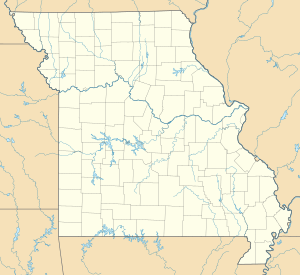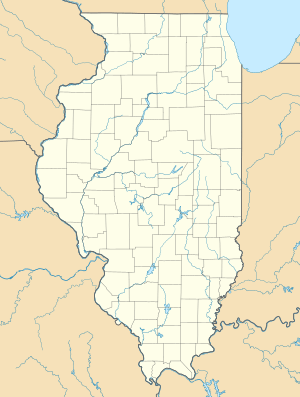Middle Mississippi River National Wildlife Refuge facts for kids
Quick facts for kids Middle Mississippi River National Wildlife Refuge |
|
|---|---|
|
IUCN Category IV (Habitat/Species Management Area)
|
|
 |
|
| Location | Jackson County, Monroe County, Randolph County, Illinois, Jefferson County, Perry County, Missouri, United States |
| Area | 7,000 acres (28 km2) |
| Established | 2000 |
| Governing body | U.S. Fish and Wildlife Service |
| Website | Middle Mississippi River National Wildlife Refuge |
The Middle Mississippi River National Wildlife Refuge is a special place for nature. It is located along the Mississippi River, south of St. Louis, Missouri. This refuge is managed by the U.S. Fish and Wildlife Service. It is part of a larger group of refuges called the Mark Twain National Wildlife Refuge Complex.
Contents
About the Refuge
This wildlife refuge protects important natural areas. It covers about 7,000 acres (28 km²) of land. Most of this land is wetland, which means it's often covered in water. Wetlands are very important for many plants and animals.
Where is it?
The refuge is made up of three main sections. These sections are Meissner Island, Harlow Island, and Wilkinson Island. They are all found in the Mississippi River valley.
The refuge stretches across several counties. In Illinois, it includes parts of Jackson, Monroe, and Randolph counties. In Missouri, it is in Jefferson and Perry counties. The main office for the refuge is in Rockwood, Illinois.
How it Started
The Middle Mississippi River National Wildlife Refuge was created in May 2000. Its creation was a direct result of a huge natural event. This event was the Great Flood of 1993.
The Great Flood of 1993
Before the flood, the land that is now the refuge was used for farming. These farmlands were protected by large walls called dikes. Dikes are built to keep river water out. During the Great Flood of 1993, these dikes broke. This caused a lot of damage to the farmland.
From Farmland to Wildlife Haven
After the flood, the damaged farmlands were given to the federal government. The U.S. Fish and Wildlife Service took over these areas. They decided to turn the land back into natural river areas. This means letting the land become wetlands again. This helps wildlife that depends on these special habitats.




